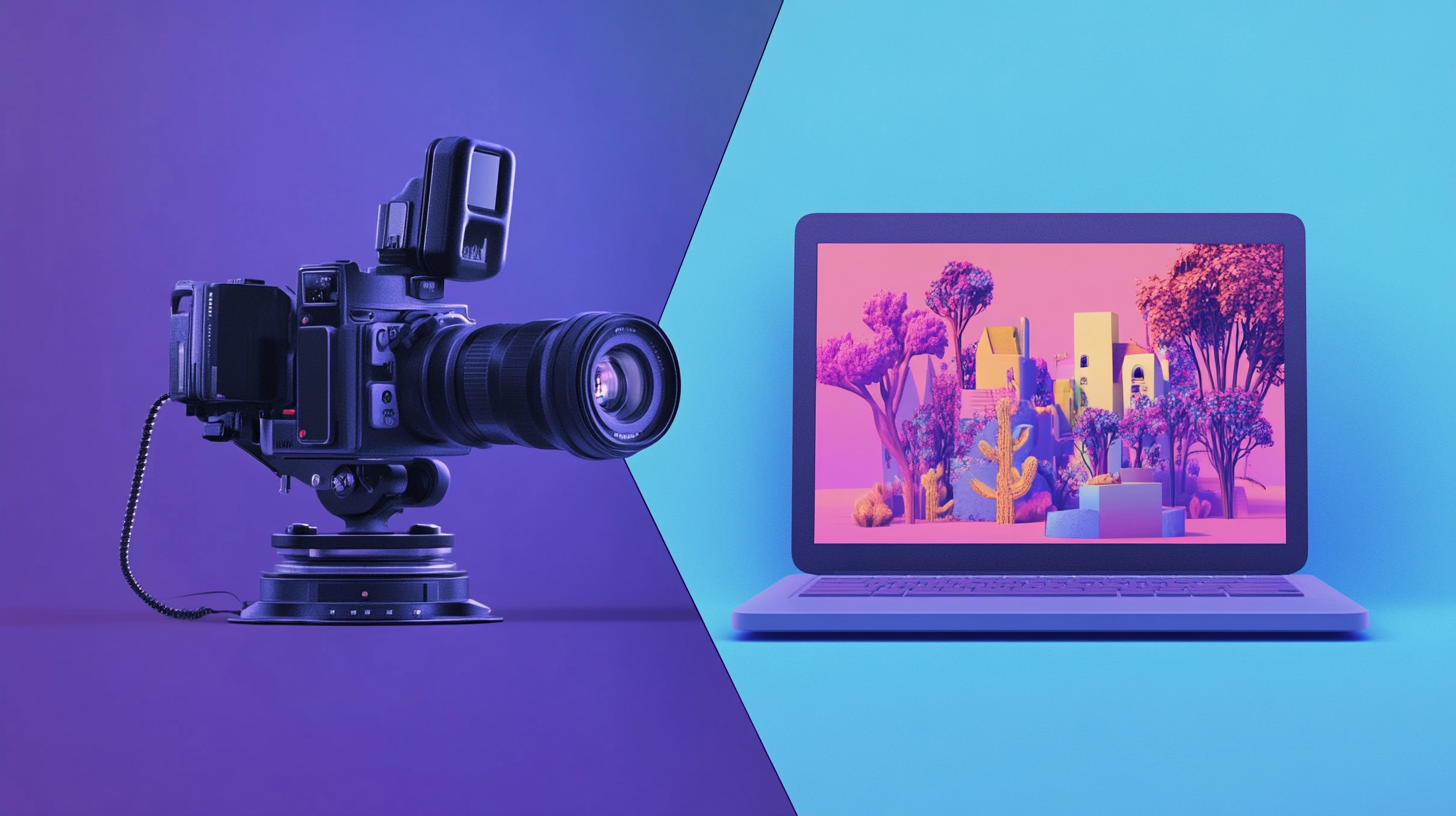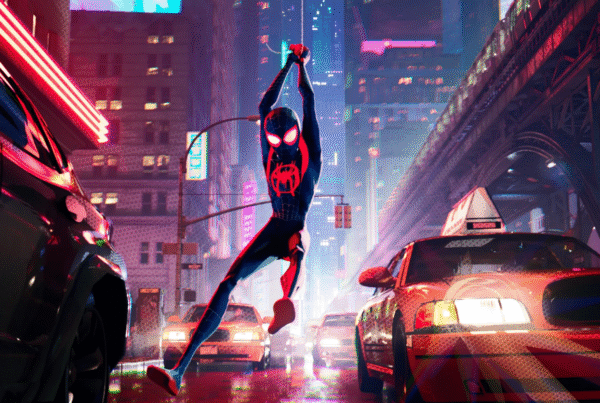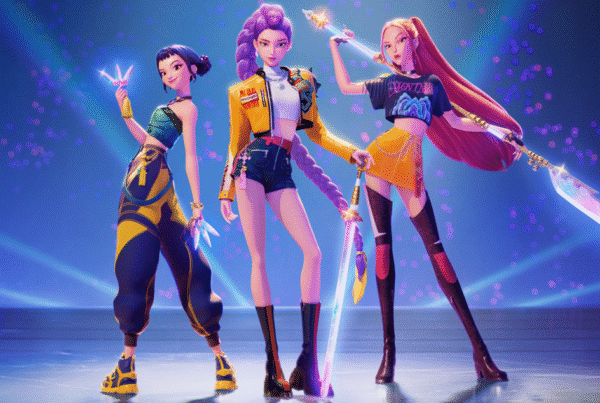Animation vs Live Action: Which Is Best For Your Business?

TLDR: Both animation and live action can be the “best” choice for your business depending on crucial factors such as project timeline, target audience, budget, and other considerations. It’s more important to understand which of these video types aligns with your business objectives, as there is no one-size-fits-all solution.
Both animation and live action have their perks, but it’s essential to determine which one can best meet your business needs. Animation techniques can explain abstract and complex topics. On the other hand, live action is more ideal for adding a human touch, with real-life people and settings. Alternatively, both can be used together in mixed media production to get the best of both worlds.
Animation vs Live Action
To understand their key differences, you’ll need to start by understanding what animation is. Animation is a filmmaking technique for manipulating still images to create the illusion of movement. There are different animation styles, commonly spread between 2D and 3D animation. For inspiration on why you need animation for your business, here’s a compilation of must-watch animated ads.
As the name suggests, live action involves filming people on live locations to capture live footage. Live action is usually done by video production companies like Big 3 Media while animation is handled by animation studios like CraveFX with the occasional help from sound studios depending on the complexity of the project. Each requires teams with different expertise and handles different needs. Here are the key factors you should consider when deciding between live action and animation.
Factors to Consider When Choosing Between Animation and Live Action
1. Target Audience and Content
Understanding who you are targeting is crucial. Animated videos tend to appeal to a younger audience, although this is still heavily dependent on your content and messaging. Animation is also suited for educational content, helping simplify abstract or technical information for a general audience.
Meanwhile, live action tends to attract more mature audiences who favour realism and authenticity. It is well-suited for content that aims to build credibility, provide live demonstrations, or create an emotional connection with viewers.
2. Storytelling Needs
Animation provides more creative freedom, allowing you to create fictional elements that would be impossible in live action. If your video relies on fantastical or futuristic concepts, animation is the perfect medium for bringing these ideas to life.
Live action is best at capturing human emotions and adding a human touch to your story. For videos that require live testimonials like documentaries and interviews, businesses would usually opt for live action.
3. Project Timeline
Timelines can vary significantly depending on the scale of your project, but animated videos often have quicker production times compared to live action. Live action videos require more extensive pre-production processes like location scouting, talent casting and arranging for voiceover artists. Although animation also requires detailed processes like storyboarding, character design, and illustration, it generally offers a faster turnaround and greater flexibility.
4. Budget
Similarly, the cost of animation and live action videos can also vary widely based on your project. However, animated videos can be more cost-effective as there is no need to hire actors or props. Conversely, live-action videos typically involve higher production costs due to the need for actors, equipment, and location fees.
However, animation isn’t always the cheaper option. Projects that require detailed rendering or highly skilled animators can be more expensive than some live action productions.
Ultimately, the cost will greatly depend on your video concept. For a more accurate estimate, feel free to contact us for a detailed quotation.
Popular Types of Animated Videos
So when is animation commonly used? Here are the top 5 types of animated videos with examples!
- Explainer Videos
- Social Media Content
- Product Demos
- Infographics and Data Visualisation
- Character Animation and Mascots
1. Explainer Videos
Animated explainer videos break down complex ideas into simple graphics and engaging visuals. They are especially useful for educational purposes or technical information that may be difficult to convey through live footage. With the help of motion graphics and a unique visual style, animation maintains viewer interests while educating audiences.
2. Social Media Content
Short, animated clips easily grab attention in a sea of social media content. They are often used to promote products in a fun and engaging manner, effectively appealing to a wide audience.
3. Product Demos
With hyper realistic 3D animation, animation is often used to showcase the inner workings of products, which may be difficult to present in live action. This medium lends greater creativity and is an effective visual guide for audiences.
4. Infographics and Data Visualisation
Using motion graphics, texts and effective illustrations, animation can effectively present data and statistics in a visually engaging manner. This approach helps audiences retain information more effectively than static numbers and dense text.
5. Character Animation and Mascots
Animated characters can become iconic representations of a brand – Take the characters, Seabasstian Water, Eggs Benedette C and Caixinderella from this Singapore Food Star Awards video as an example! These mascots can convey messages and emotions in a light-hearted way, leaving a strong impression on consumers.
Popular Types of Live Action Videos
Here are the top 5 types of live action videos with examples!
1. Corporate Videos
Corporate videos are typically used to showcase a company’s culture or products. They often feature real employees or customer testimonials to build credibility with B2B audiences, making them feel connected to the brand.
2. Testimonials
Customer testimonials in live action provide relatable and genuine feedback about a product or service. Seeing real customers share their experiences can significantly influence potential clients or consumers by adding credibility and emotional resonance.
3. Event Coverage
Event highlights are often best captured via live footage for an authentic representation. This format conveys the energy and atmosphere of the event, allowing brands to share the experience with viewers.
4. Short Films
Live action is ideal for storytelling that requires emotional depth and character development. These formats allow for nuanced performances that can evoke strong feelings and convey complex narratives effectively.
5. Internal Communications
For internal communications, live action is a quick and effective way to convey internal procedures, company announcements and training sessions.
Difference in Production Processes
Both live action and animated productions consist of three stages: pre-production, production and post-production.
Pre-Production in Animation vs Live Action
For both types of productions, similar processes in pre-production include concept development, storyboarding and script writing. These are essential steps that determine the direction of your video.
For animation, pre-production will also include character and environment design, where animators work on designing unique characters and building a fictional setting. While these elements can be re-used from past projects for greater efficiency, revisions will have to be made to create a unique visual style.
In live action, pre-production differs in location scouting, rehearsals and casting. Producers and directors will have to scout for suitable locations that create the right atmosphere for the videos. If external talents are needed, the production team will also need to engage actors and voiceover artists for filming.
Production in Animation vs Live Action
For animated videos, production will depend on 2D or 3D animation techniques. 2D animation will require illustrators to create individual frames for animation. 3D animation entails 3D modelling to design realistic characters and props.
Production in live action videos involves filming and directing. On set, the live-action footage is captured using cameras. Directors will guide actors and the crew to ensure that the video is shot according to its script and concept. To enhance the atmosphere, professional lighting equipment will be also used to manipulate lighting.
Post-Production in Animation vs Live Action
In animation, the final 2D images or 3D elements are rendered to create a complete video. Combined with special effects, music and lighting effects, the video is further stylised to make it more visually appealing.
On the other hand, live action videos require editing to the raw footage to create a smooth, narrative flow. For a unique atmosphere, the clips may also be adjusted based on tone and colour in a process known as colour grading.
Below is a breakdown of each process to provide you with a simplified overview of the animation and live action processes:
The Animation Process
Pre-production
- Concept, Storyboard, Script, Character Design, Environment Design
Production
- Animation
Post-production
- Rendering, Lighting, Music, Special Effects
The Live Action Process
Pre-production
- Concept, Storyboard, Script, Location Scouting, Talent Casting
Production
- Filming, Directing
Post-production
- Editing, Colour Grading, Music, Special Effects
The Best of Both Worlds
Want to combine the creative visuals of animation with the reality of live action? With our expertise in both mediums, we can help you create a mixed media production that captures the best of both worlds. Ultimately, the choice between animation and live action depends on your business needs, video concept and budget. Contact us today to find out which medium suits you best!




